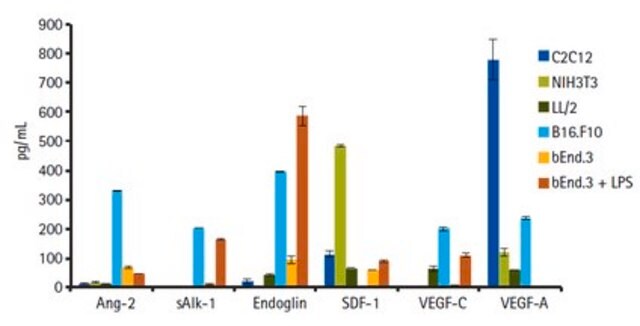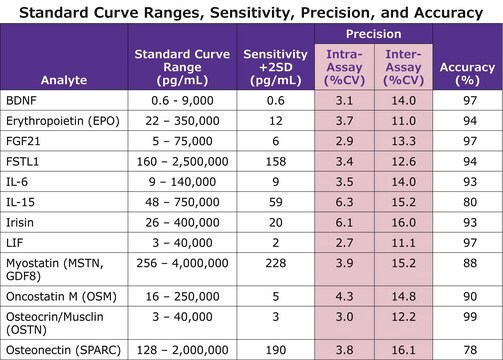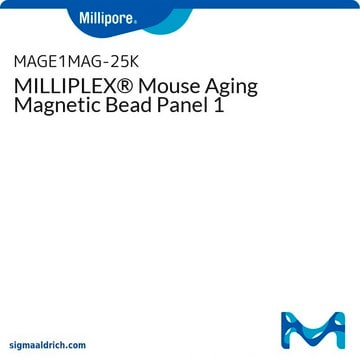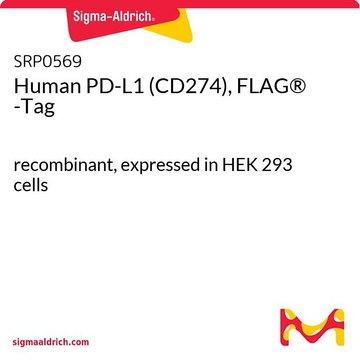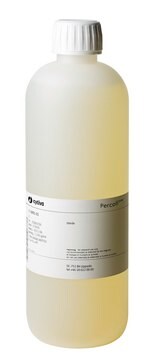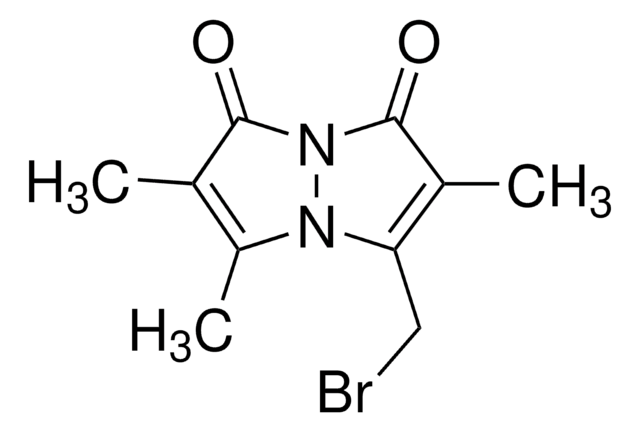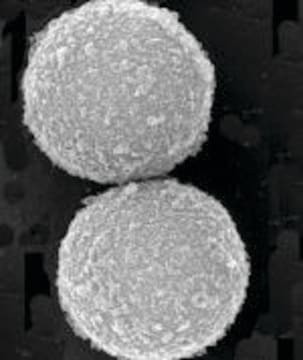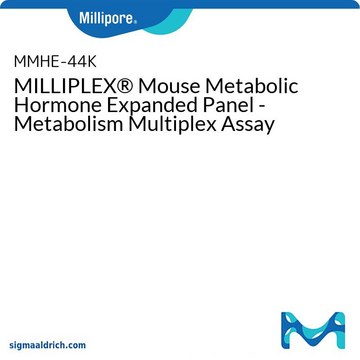E1032
Anti-EN-RAGE antibody produced in goat
affinity isolated antibody, lyophilized powder
Synonym(s):
Anti-CAGC, Anti-S100 calcium binding protein A12, Anti-S100A12, Anti-p6
Sign Into View Organizational & Contract Pricing
All Photos(1)
About This Item
UNSPSC Code:
12352203
NACRES:
NA.43
Recommended Products
biological source
goat
Quality Level
conjugate
unconjugated
antibody form
affinity isolated antibody
antibody product type
primary antibodies
clone
polyclonal
form
lyophilized powder
species reactivity
human
technique(s)
flow cytometry: 3-10 μg/mL
immunohistochemistry: 5-15 μg/mL
western blot: 0.1-0.2 μg/mL
UniProt accession no.
storage temp.
−20°C
target post-translational modification
unmodified
Gene Information
human ... S100A12(6283)
General description
EN-RAGE is a member of the S100/calgranulin superfamily.
Immunogen
purified, E. coli-derived recombinant human extracellular RAGE-binding protein.
Application
Anti-EN-RAGE antibody produced in goat is suitable for western blot analysis at a working concentration of 0.1–0.2μg/mL, immunohistochemistry at 5-15μg/mL and flow cytometry at 3-10μg/mL/106 cells.
Biochem/physiol Actions
The gene encodes a calcium-, zinc- and copper-binding protein which plays a prominent role in the regulation of inflammatory processes and immune response. It stimulates innate immune cells via binding to receptor for advanced glycation end products (AGER), which activates the MAP-kinase and NF-κ-B signaling pathways leading to production of proinflammatory cytokines and up-regulation of cell adhesion molecules ICAM1 and VCAM1. It also stimulates mast cell degranulation and activation which generates chemokines, histamine and cytokines with leukocyte recruitment to the sites of inflammation.
Physical form
Lyophilized from a 0.2 μm filtered solution in phosphate buffered saline with 5% trehalose.
Disclaimer
Unless otherwise stated in our catalog or other company documentation accompanying the product(s), our products are intended for research use only and are not to be used for any other purpose, which includes but is not limited to, unauthorized commercial uses, in vitro diagnostic uses, ex vivo or in vivo therapeutic uses or any type of consumption or application to humans or animals.
Not finding the right product?
Try our Product Selector Tool.
Storage Class Code
13 - Non Combustible Solids
WGK
WGK 1
Flash Point(F)
Not applicable
Flash Point(C)
Not applicable
Personal Protective Equipment
dust mask type N95 (US), Eyeshields, Gloves
Choose from one of the most recent versions:
Already Own This Product?
Find documentation for the products that you have recently purchased in the Document Library.
Zheng Yang et al.
The Journal of allergy and clinical immunology, 119(1), 106-114 (2007-01-09)
The calcium-binding protein S100A12 might provoke inflammation and monocyte recruitment through the receptor for advanced glycation end products. Because inflammation elicited by S100A12 in vivo had characteristics of mast cell (MC) activation, we aimed to define the mechanism. Various MC
Olga V Moroz et al.
BMC biochemistry, 10, 11-11 (2009-04-24)
Human S100A12 is a member of the S100 family of EF-hand calcium-modulated proteins that are associated with many diseases including cancer, chronic inflammation and neurological disorders. S100A12 is an important factor in host/parasite defenses and in the inflammatory response. Like
Wei Xing Yan et al.
The Journal of biological chemistry, 283(19), 13035-13043 (2008-02-23)
S100A12 is expressed at sites of acute, chronic, and allergic inflammation. S100 proteins have regions of high sequence homology, but the "hinge" region between the conserved calcium binding domains is structurally and functionally divergent. Because the murine S100A8 hinge domain
A M Cole et al.
FEBS letters, 504(1-2), 5-10 (2001-08-28)
The human airways are protected from pathogenic colonization by a blanket of fluid impregnated with innate antimicrobial effector molecules. Among several previously uncharacterized components, we isolated a peptide that had activity primarily targeting Gram-negative bacteria. We named the peptide 'calcitermin'
Jie Ma et al.
Virus research, 189, 47-55 (2014-05-23)
The hemorrhagic disease of grass carp (Ctenopharyngodon idellus), caused by grass carp reovirus (GCRV), is the most severe disease of the fish that leads to huge economic losses. GCRV, belonging to the genus Aquareovirus of the family Reoviridae, has been
Our team of scientists has experience in all areas of research including Life Science, Material Science, Chemical Synthesis, Chromatography, Analytical and many others.
Contact Technical Service